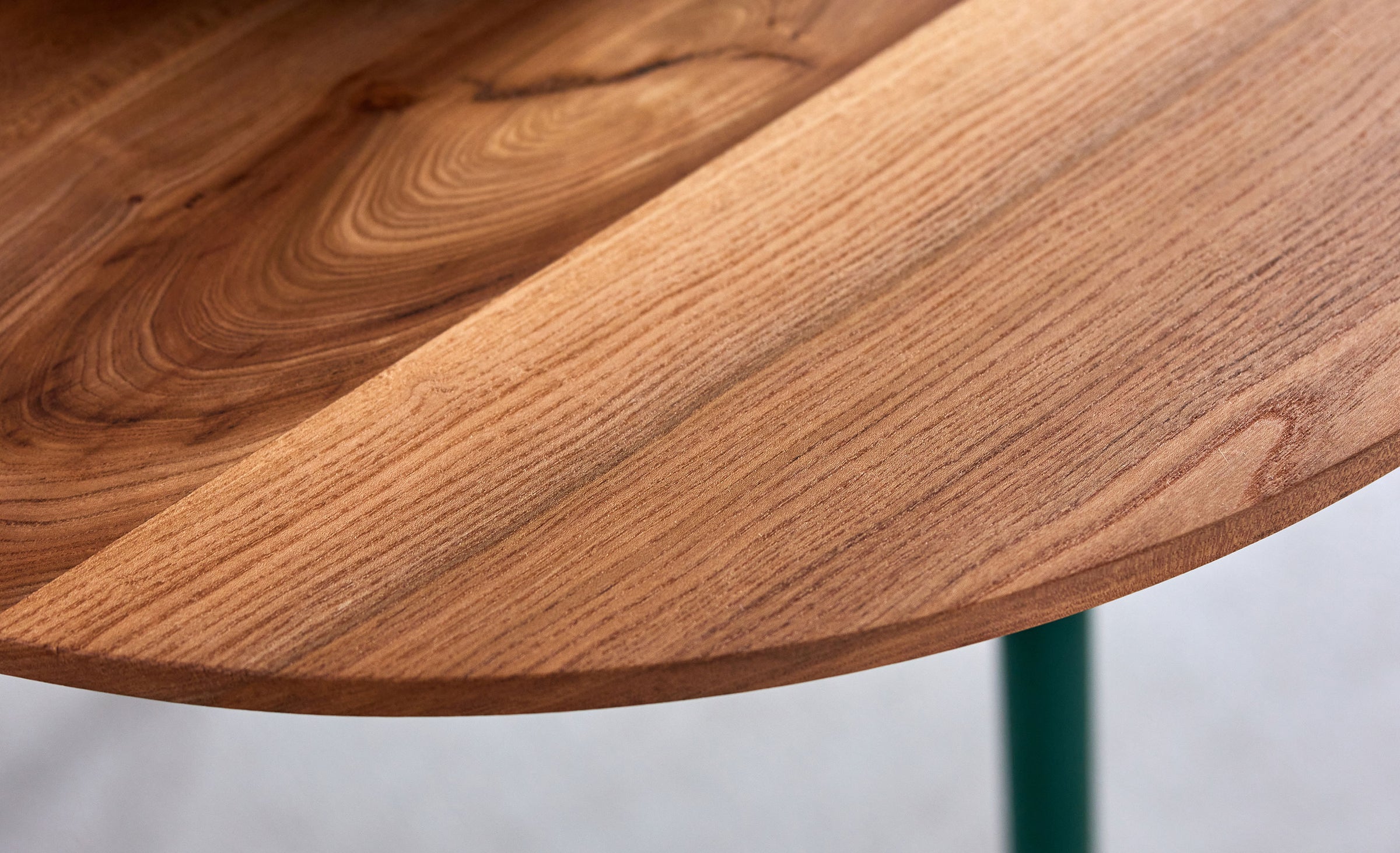Where our wood comes from
We source reclaimed, sustainable, and locally-sourced timbers of the finest quality, repurposing waste into timeless designs, and reducing the travel miles between where the tree was grown, and where it finds its home.
Reclaimed wood
When possible, we use reclaimed timber donated by our material partners across London. This minimises our carbon footprint, and often comes with a great history too. We’ve worked with maple flooring from the Science Museum and teak lab benches from Imperial College London.

Treecycled
5,000 mature trees are felled every year in London due to weather, urban development or disease. Most of these are chipped and burned. We put this wood to good use by giving it a new life as furniture. This saves the tree from being wasted, sequesters carbon, and reduces the need to cut down forests.
Grown in Britain
We also source wood from responsibly-managed British woodlands, who have best-in-class sustainability credentials. Timber that is certified as Grown in Britain is guaranteed to have been grown sustainably with local provenance. Using this wood reduces unnecessary imports, encouraging the sustainable management of our own forests.
PEFC Certified
On occasion, when the needs of a project exceed our local supply, we use PEFC certified timber sourced from abroad. This particular wood is cultivated in sustainably managed forests that adhere to environmentally responsible practices. PEFC makes sustainable certification possible for smaller forest owners.
Request a custom sample
We work closely with our clients to source unique timbers, ensuring the colour, texture and finish are just right.
Get in touch with our team to discuss your project and to request your customised wood samples.
British woods
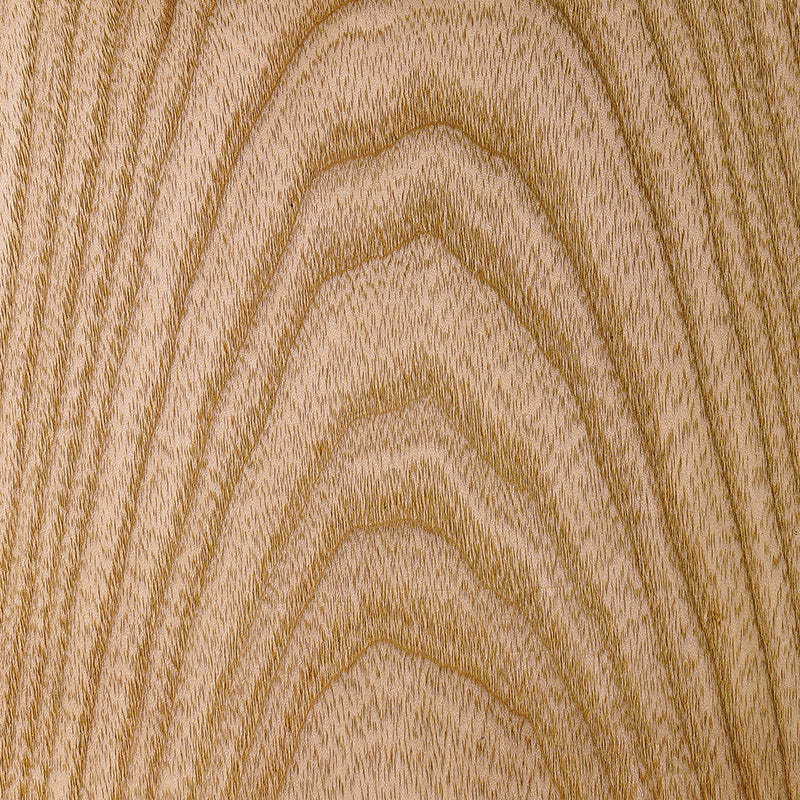
Ash
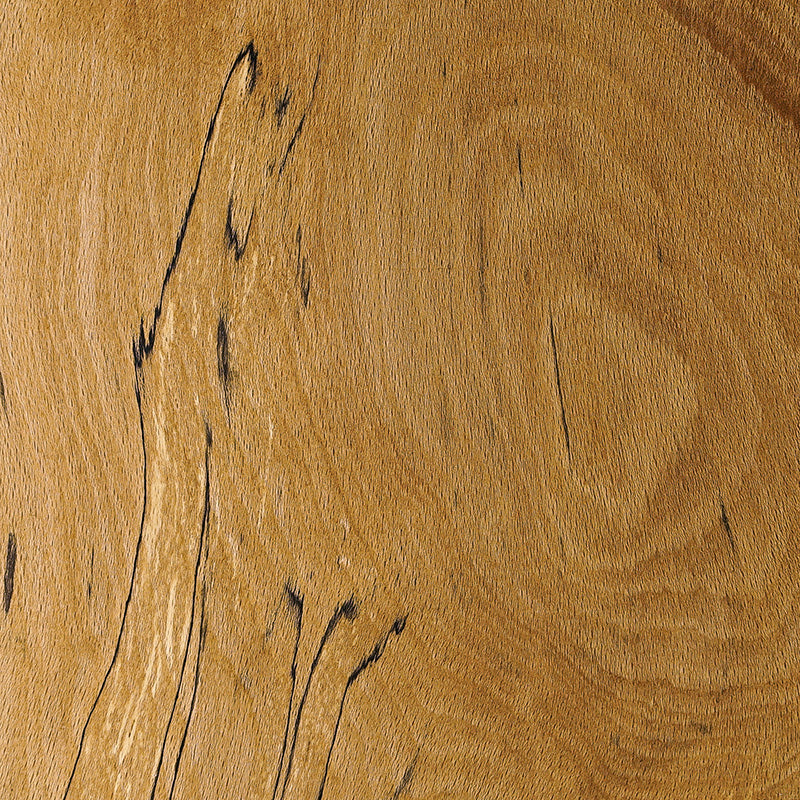
Beech
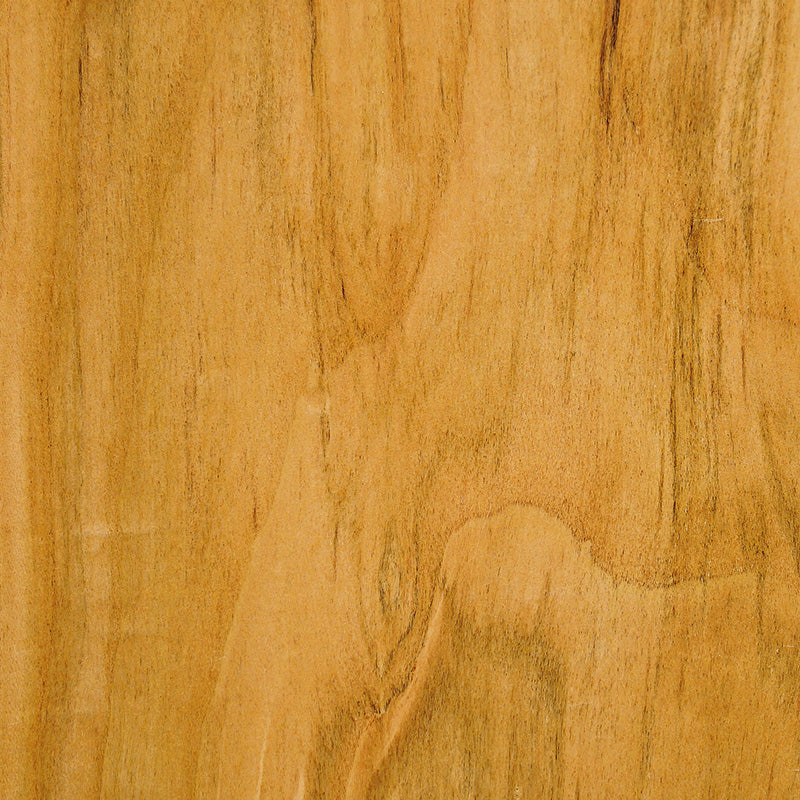
Cherry
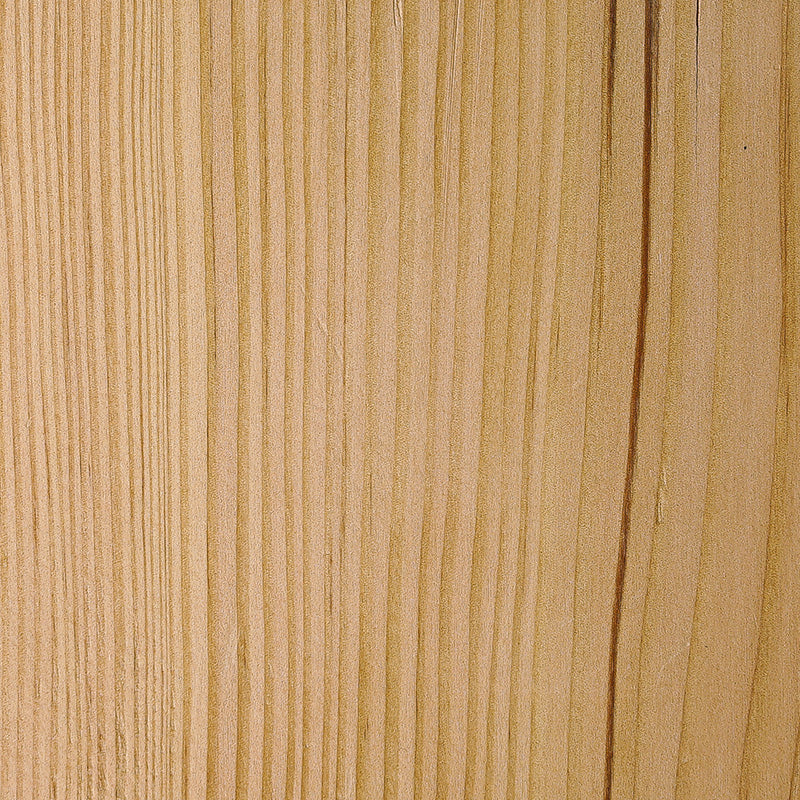
Douglas Fir
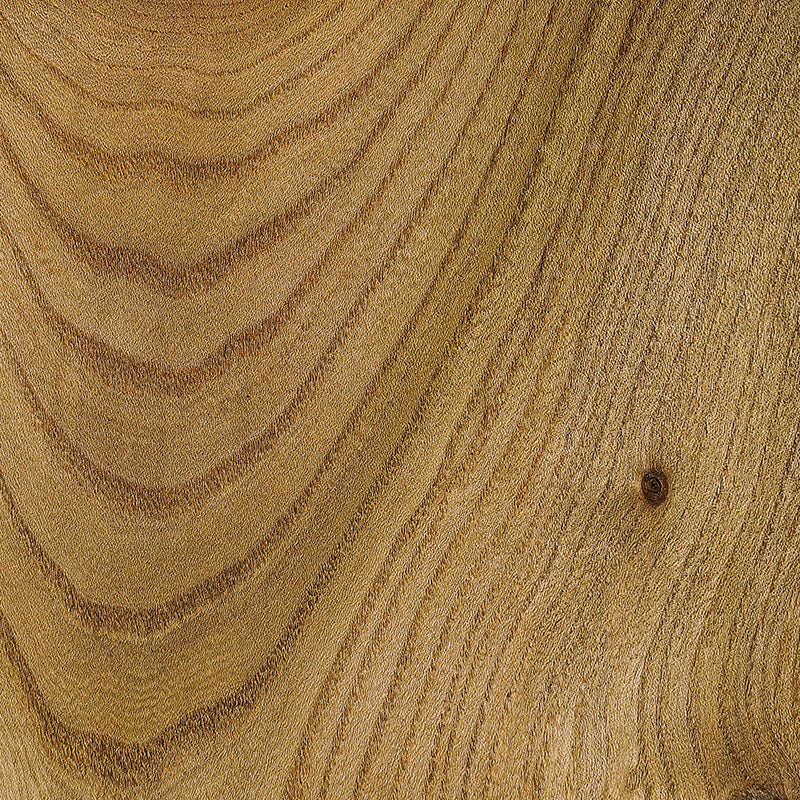
Elm
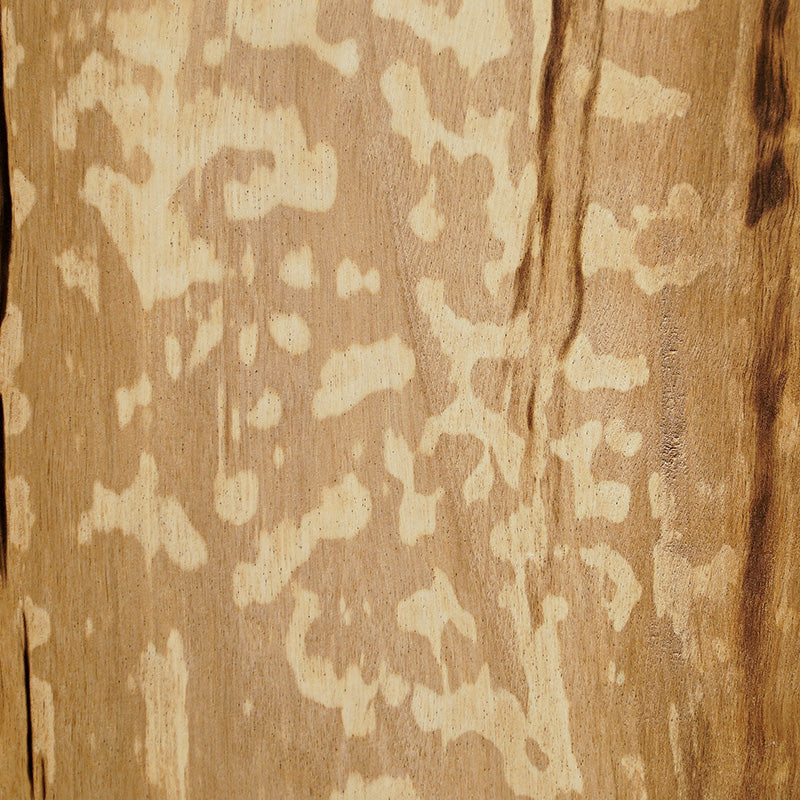
Hornbeam

London Plane
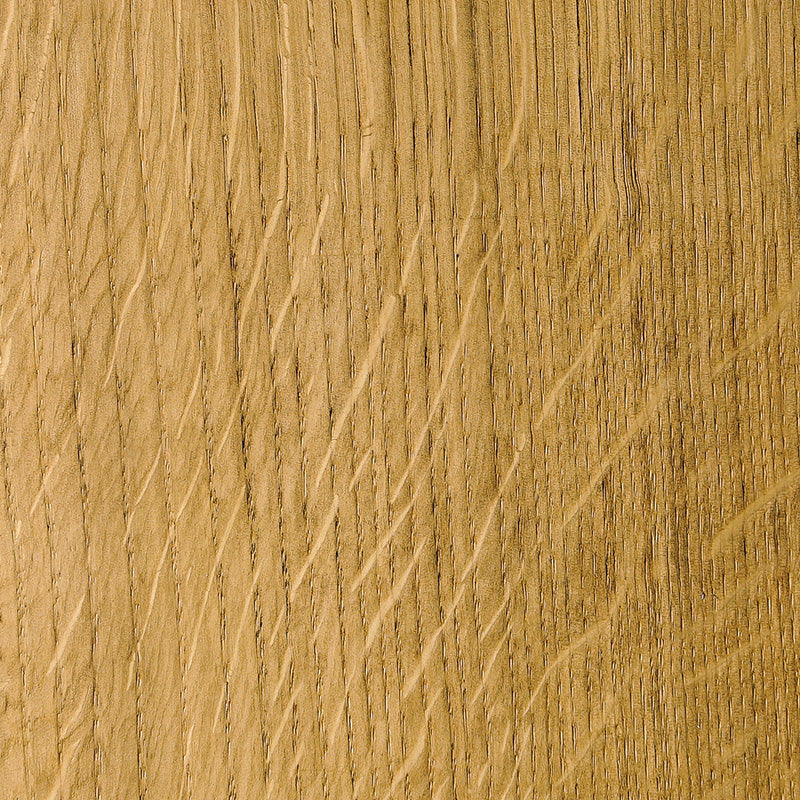
Oak
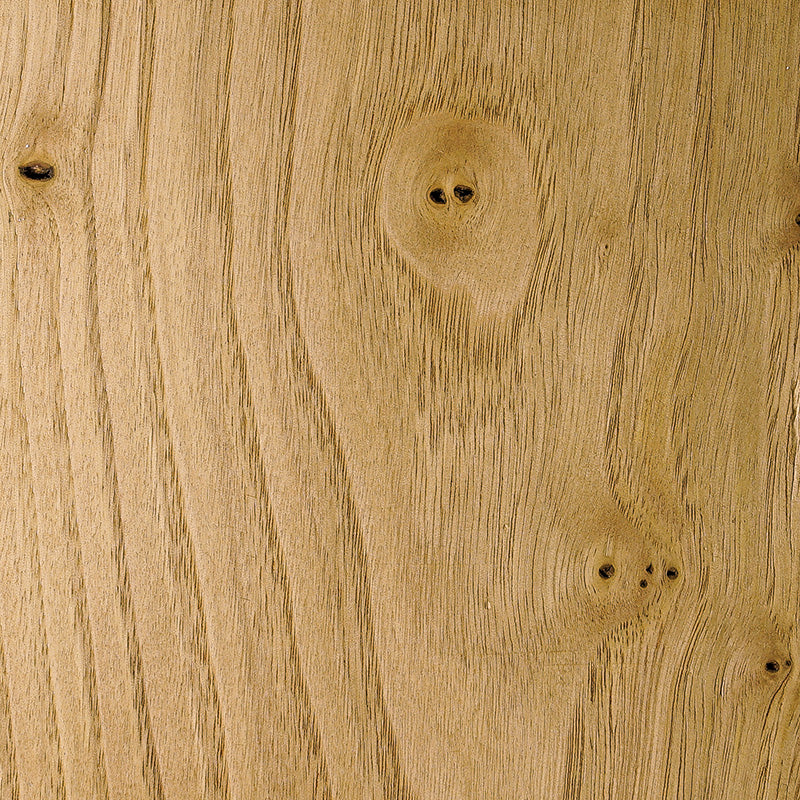
Sweet Chestnut
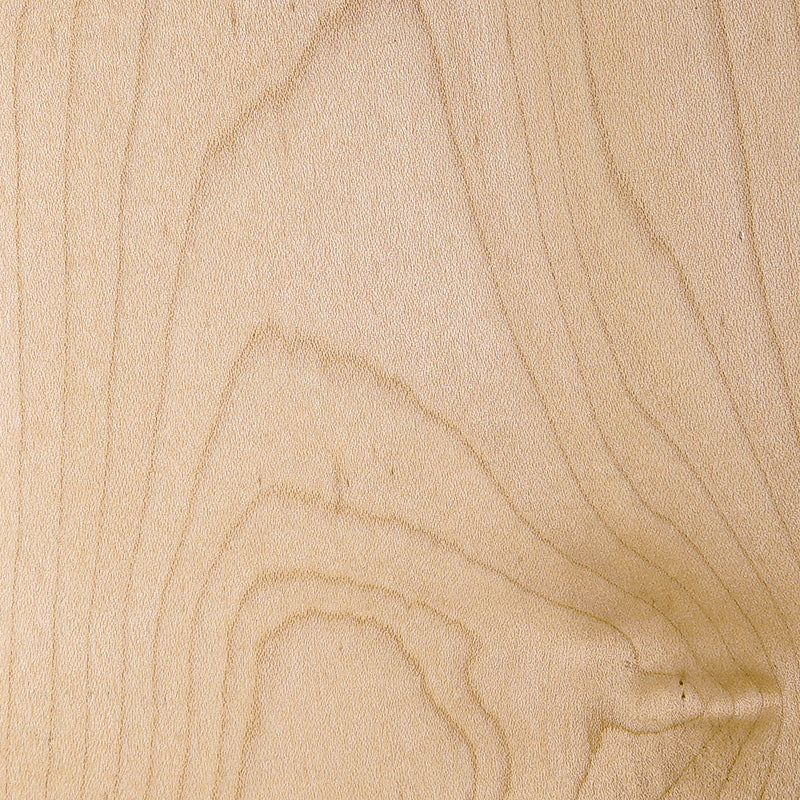
Sycamore
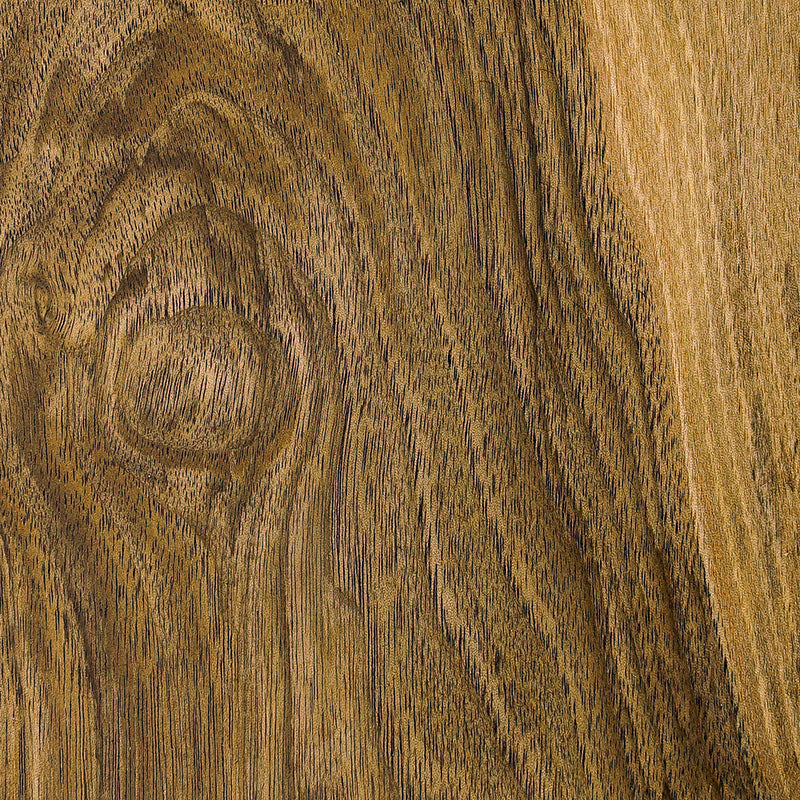
Walnut

